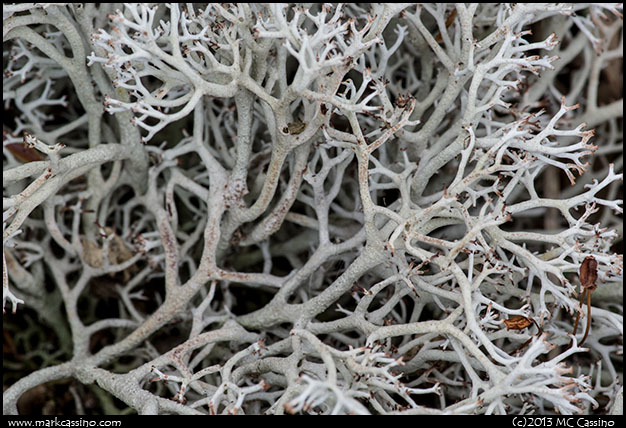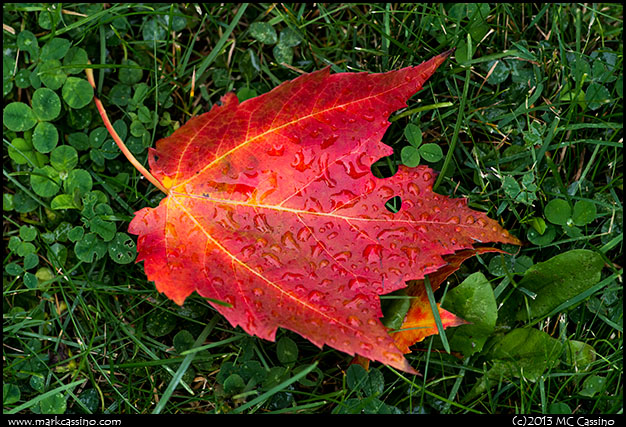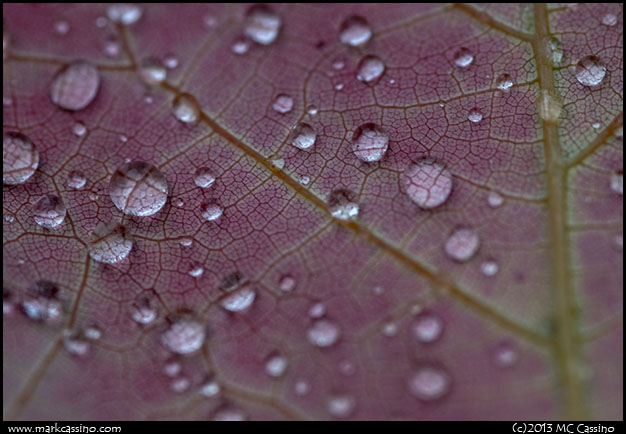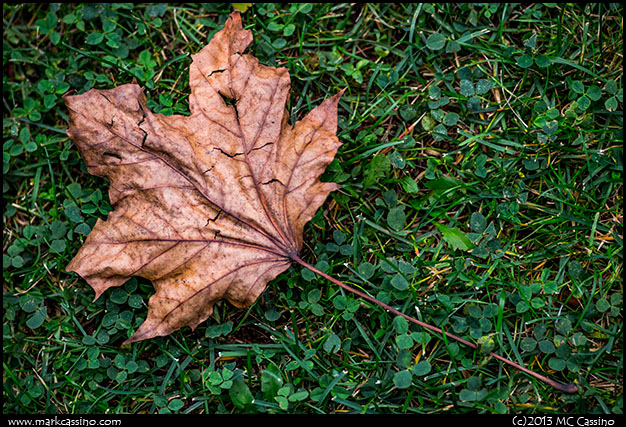Posted by mcc on Jul 02 2014 in Insect Photography, Around The House, Macro Photography
Posted by mcc on May 25 2014 in Announcements, Insect Photography, Allegan State Game Area, Allegan Forest, Dragonfly Photography, Odonata Photography, Macro Photography, Pentax K3
Spring 2014 is advancing ever so slowly… Here it is, late May, and there are still many trees just starting to push out leaves. At long last, a few days of warm temperatures have finally brought out some spring dragonflies.
Dot-tailed Whitefaces (Leucorrhinia intacta) are usually the first to appear around here, and this season is no exception. Here are a few from the Allegan Forest (click on the images for larger files):



A Frosted Whiteface (Leucorrhinia frigida):
://www.markcassino.com/b2evolution/media/blogs/calarti/2014/IMGP9841_L.jpg">
These Clubtail Dragonflies (Gomphidae) are usually abundant in May - I have never gotten a positive identification on them. Today I only say this one - hopefully more are on the way:
://www.markcassino.com/b2evolution/media/blogs/calarti/2014/IMGP9678_L.jpg">
Lastly - an unidentified Bluet Damselfly:

All images were made with a Pentax K-3, SMC A* 200mm macro lens and AF360FGZ flash. Come to think of it… this was my first excursion into insect photography since purchasing the K-3 last November. I think it passes muster!
Posted by mcc on Apr 26 2014 in Pictures Of Trees, Infrared, Digital Infrared, Michigan, Allegan State Game Area, Allegan Forest, Infrared Converted Pentax KD10, Digital Infrared, Infrared Converted Digital SLR
I visited some old haunts in the Allegan Forest today. This late spring… no leaves on the trees and here it is, almost May.
Here is an infrared photo of a some twisted little trees that always seem appealing to me (click on the image for a larger view):

And here is a nearby group of walnut trees, a place where I have whiled away many an afternoon:

Both photos were taken with an infrared converted Pentax K-10 and Pentax DA 17-70 f4 lens.
I’m repeating myself a little bit here - the twisted little trees were the subject of another IR post in 2008, “Trees in October.” In that case the image was taken with Kodak HIE. And one of the walnut trees was the test subject for a comparison of the IR properties of RM90 and R72 IR filters, in 2007. So I’m repeating myself a little bit here.
Posted by mcc on Nov 10 2013 in Allegan State Game Area, Allegan Forest, Macro Photography, Pentax K3
My Pentax K3 arrived earlier in the week, so this weekend is my first chance to give it a test drive. All I can say is that the more I use this camera, the more impressed I am. Here are a few shots from this weekend - ordered by how well I like them (favorite first) -click on an image for a larger file. These closeups were all taken with the Pentax K3, A* 200mm f4 macro, tripod mounted. Live view, with focus peaking was used to take most of these shots.
Moss

This morning I visited the Allegan Forest, which is crawling with hunters this time of year. In a field that reliably hosts Halloween Pennant and Calico Pennant dragonflies in the early summer, I took a few intimate landscapes. This moss shot is a stacked focused composite of several images.

Yesterday was a very windy day and lots of sprigs of berries, like this, were littering the ground. Not sure where they came from. Unlike the previous shot, this is a single exposure.
More Moss

Another stack focus shot - a different kind of moss.

Didn’t want to adjust anything here…

Eastern prickly pear is pretty abundant in the forest - you gotta be careful where you drop down to take that bug photo.


Berries on moss. These almost look like grapes…

Another stack focused shot - some random leaves on the ground in November…
And lastly - during Saturday’s windstorm my wife and I went to South Haven in hopes of seeing big waves crashing against the lighthouse. Well - you gotta have high winds and they have to come from the right direction to make those big waves. But here is a snapshot of the lighthouse - again in the mode of test driving the K3 - with a Sigma 70-200 f2.8 EX lens. This is the earliest version of the lens, non-macro and non-DG - but it seems to work OK with the K3:

Pentax K3, Sigma 70-200 f2.8.
Posted by mcc on Nov 07 2013 in Reviews, Bird Photography, Wildlife Photography, Pentax K3
I recently received my Pentax K-3 and have been eager to test its high resolution, 24 megapixel sensor. This morning I had a few spare minutes and mounted a Tokina ATX 400mm f5.6 lens onto the K-3, along with an AF360FGZ flash for fill light. Then it was off to the bird feeder to snap some test photos of house sparrows having their breakfast. Here are some of the results, with actual pixel images below the full frame shots (click on the smaller image for a larger view: )










I went into this exercise with several questions in mind. Here is what I learned:
How would the Tokina ATX 400 work on the Pentax K-3? I wondered if this older lens, designed for film cameras, had the resolution and edge sharpness to work well on the K-3s high resolution, 24 megapixel sensor. Judging from the images - detail and sharpness is quite good, IMO. The backlit shot of the bird on the peanut wreath showed a small bit of color fringing, but that was easily corrected in Photoshop.
I should comment that while I have always considered this lens to be very good, it falls short of being truly excellent. Not to bash it - the sample I am using now was purchased used for a few hundred dollars. (My original copy developed a bad case of fungus.) So - I am hopeful that many older lenses from the film era will do just fine on the the K-3. (Good news for those of use with many older lenses from the film era….)
Shake reduction: Seems to have worked exceptionally well. While shutter speeds were in the 1/750 to 1/1000 range, for the equivalent of a 600mm (full frame) lens, the percentage of sharp images in this hand held exercise was quite good.
How would the K-3’s auto focus perform? AF was quite fast and accurate. It even tracked the moving birds pretty well, with minimal hunting. Overall, it was quite an improvement over the K-5 and earlier models that I have used – BUT the cam driven AF was as loud as ever.
How well did the camera handle white balance? The camera was set to AWB mode. The morning sun was still quite reddish when I shot these images. In shots where the flash did not fire the white balance looks very good. When the flash did fire the images have a noticeable greenish cast. This was easily corrected but suggests that the AWB adjustment for the flash is a bit off. (No surprise but the AF360 FGZ was underpowered for fill flash use in this case.)
How did the K-3’s metering perform? The camera was set to the new evaluative metering process, and performed excellently. Many of the birds were splashed with sun with a background that was in shadow, and the K-3’s metering adjusted the exposure to avoid any blown out highlights in the bird. However, some of the birds in the backlit shots were a bit underexposed, though this was easily addressed in post.
And what about image noise? All of these shots were taken at ISO 800. In general, noise is minimal. However, in backlit shots where the exposure was adjusted in ACR, some noise emerges. (See the image of the bird on the green peanut holder above) Probably not as noise-free as the K-5, though a much larger image size.
And lastly – How many files fit on a 32 gig card? I shot 441 images in the 20 minutes or so that I worked on it. Based on how much they filled the card, I would expect to get 760 images on one 32 gig card.
Overall – I’m pretty happy with the results here, given that it was an unplanned test, hand held, with a relatively inexpensive and old lens. When used properly, the K-3 will probably shine even more.
(Since this is tagged as a review I should comment that I am not employed by or paid by Ricoh / Pentax in any manner and bought the camera retail.)
Posted by mcc on Oct 06 2013 in Around The House, Macro Photography, Pentax K-01
Autumn just getting started, but one maple in my yard is always the first to turn, and it always turns a brilliant red. So this afternoon I grabbed the Pentax K-01 and D-FA 100mm macro to take some autumn snaps in my little yard. I only shot for an hour in the heavy overcast, drizzly day. Here’s the results - click on any image for a larger view.
This leaf caught in some decorative grass caught my eye and motivated me to get out and make some photos. The harvester (I grew up calling the Daddy Long Legs) was a bonus.


Raindrops on Autumn Leaves



Late Bloomer
I live in the city and have a small yard - about 2700 square feet - but I’ve devoted about a third of ti to native prairie plants and they are taking hold. The grey coneflower booms in late July through mid September, but this year it lingered on a bit longer than usual. This one is probably the very last to bloom, here in October. I did not notice the leaf hopper till I processed the image.

Leaves on Pavement

Leaf in Thistle

Virginia Creeper





Cosmos Seed Head

Hemlock Berry

Withered Leaf

Bones In A Pot

Posted by mcc on Sep 22 2013 in Landscape Photography, Film Processing, Pictures Of Trees, Midwestern Landscapes, Infrared
Another (probably the last) photo from my trip up north last week. These are sand dunes in Ludington State Park, just north of Ludington, Michigan. The dunes are located between Lake Michigan and Hamlin Lake. This was taken looking east, with Lake Michigan to my back:

Click on the image for a larger file.
The image was made with Rollei IR 400 B&W film and a Hoya R72 IR filter. I have to say I was a little disappointed in that the film just did not deliver much IR effect. It was a couple of years out of date, though stored in the freezer, so maybe that had something to do with it.
I’ve commented on this film before in this post. While up north last week I decided to shoot out my stock of this film, more or less just to get rid of it. I used a #29 deep red filter for most work, hoping to tease out some IR effect, but it really just behaved more like a standard B&W film.
The Hoya R72 filter really made the azure sky of summer turn dark black, but otherwise did not coax out much on an IR response. Here is a comparison of two shots of the same scene, on taken with the #29 deep red filter and one with the R72:

This time round I stand developed the film in HC-110. I rated some rolls at ISO 800 and some at ISO 400. The ISO 800 rolls I stand processed in HC-110, diluted to 1:100, for 75 minutes. The ISO 400 rolls were stand processed for 60 minutes. I experimented with more dilute solutions, but the double roll Paterson style tanks I was using have a maximum capacity of just over 650ml of water, and the solution could not get much more dilute than 1:100 with falling below the minimum amount of HC110 syrup needed per roll (6 ml). (Though they were double roll tanks only one roll was developed at a time with 650ml of solution.) The one time I did try a higher dilution I used only 4ml of HC110 concentrate, and the negatives were thin.
These shots were taken with a tripod mounted Pentax LX and FA 28-105 f4 - 5.6 power zoom lens (an older AF lens model.) I avoid newer film bodies (Mz-S, *ist) with IR film since they are reported to fog IR film.
The tool shed in Bachelor Cemetery near Fountain, Michigan. Someone meticulously hand wrote out a list of family names and the corresponding grave plats. I guess that someone was Justin. Click an image for a larger file.


Pentax LX, FA 28-105 f4-5.6 zoom, #29 deep red filter, Rollei IR 400 pushed to 800 and stand processed in HC110 1:100 for 75 minutes.


